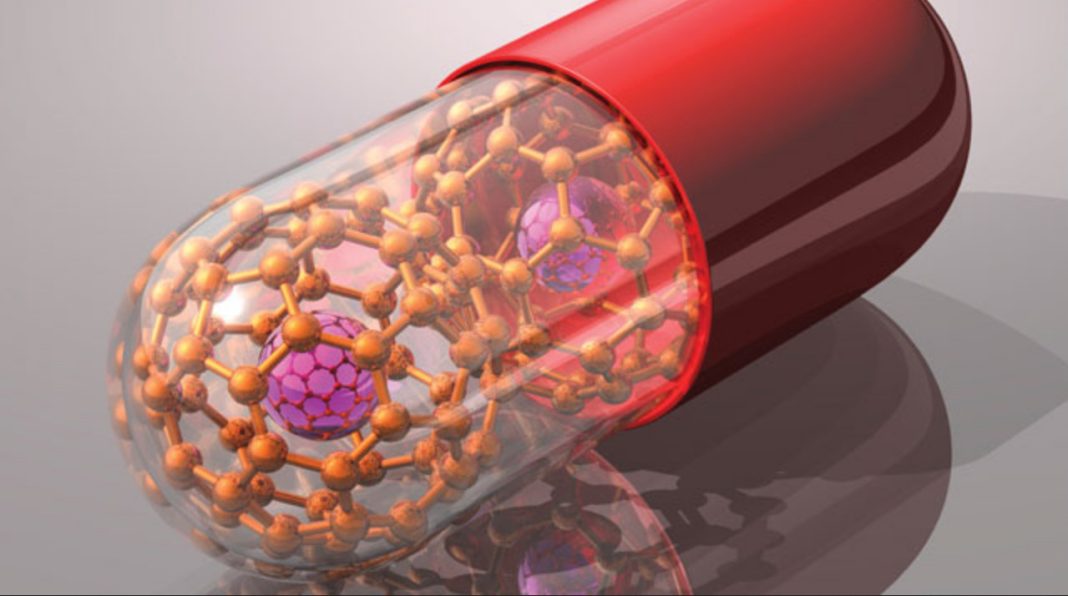The medical field is one of the areas where nanotechnology has the most promise and has changed some sectors. The incorporation of nanotechnology into healthcare, or nanomedicine, has a significant impact on disease diagnosis, treatment, and prevention.
This article covers the place of nanomedicine in modern medicine and how it has altered treatments. Here we also discuss the importance of nanomedicine. Using substances at the nanoscale, like nanoparticles, for medicinal reasons is known as nanomedicine.
Because of their small size, these materials have unique characteristics that allow for precise molecular interactions. Researchers can deliver therapeutic chemicals or target diseased cells with previously unthinkable clarity by producing nanoparticles with specific properties.
The History of Nanoparticles
Since dispersion gold and silver have particular characteristics, artists have used them since the dawn of time, as per the nanoparticles history. However, with advances in material science and microscopy in the late 20th century, systematic investigation of nanoparticles got started. These days, nanoparticles have become crucial in many areas, such as electronics, environmental cleanup, and medicine.
Applications of Nanomedicine
Numerous applications across different medical specialties are possible with nanomedicine. The competence and correctness of medical interferences have been improved by nanotechnology, which can be used in targeted medicines transfer systems and refined imagery methods. Experts are looking into using nanomedicine to treat circumstances such as cancer, infectious diseases, and renewal medicine.
Importance of Nanomedicine
Because of its enormous ability to change treatments and enhance patient outcomes, nanomedicine is critically crucial for the modern healthcare system. Novel methods of illness detection, treatment, and prevention can be found by nanomedicine, which makes use of materials and devices at the nanoscale. Its importance arises from its capacity to increase global health by resolving unmet medical needs, raising the effectiveness of therapy, and improving patient outcomes. Among the key aspects of what this means are:
- Precision Medicine:
- Early Disease Detection:
- Advanced Imaging Techniques:
- Regenerative Medicine:
- Personalized Treatment:
- Drug Delivery Systems:
- Global Health Impact:
- Research and Innovation:
Nanomedicine in Disease Diagnosis
The ability of nanomedicine to notice disease early is one of its key profits. Clinicians can diagnose disorders in their early stages thanks to the capability of nanoparticles to detect biomarkers linked to specific diseases. Also, pictures with excellent resolution are provided by nanotechnology-based imaging modalities, allowing precision disease monitoring and diagnosis.
Challenges and Limitations
Nanomedicine has sufficient promise, but there also be a lot of difficulties and limits. Biocompatibility, toxicity, and scalability are among the problems that delay nanotechnology from becoming gradually predominant in healthcare. However, there are main difficulties to the clinical use of nanomedicine, namely technological trouble and controlling restraints.
Future Prospects
Notwithstanding present difficulties, nanomedicine has a bright future. Present-day study activities seek to overcome current restraints and open up fresh potentials in modified medicine, events, and diagnostics.
Impact on Healthcare
The way diseases are identified, treated, and managed has a chance to change drastically with the insertion of nanomedicine into traditional healthcare procedures. By using nanoparticles’ unique features, physicians can provide precise and effective medical treatments, resulting in better patient outcomes and lower healthcare costs.
-
Ethical Considerations
Nanomedicine raises ethical questions about security, equality, and informed consent, just like any new technology can. For ethical innovation to be liable and benefits to be shared fairly, stakeholders in the medical field must face moral quandaries associated with uses for nanotechnology.
-
Nanomedicine in Disease Diagnosis
The aptitude of nanomedicine to diagnose diseases with risky fastidiousness and compassion is one of its main aids. It is likely to create nanoparticles to exactly target biomarkers connected to diverse diseases if early discovery and precise diagnoses. Imagination sense modality founded on nanotechnology, such as attractive nanoparticles, and important dots, proposes better clearness and difference for the better imagining of disease.
Conclusion
Nanomedicine gifts an example of change in healthcare over as long as novel styles for disease prevention, diagnosis, and treatment. Using the typical features of supplies at the nanoscale, science, and physicians may address unmet medical needs, increase treatment results, and recover the excellence of life for the affected role. Even if there are still challenges, continuous research, regulatory efforts, and joint initiatives are advancing the area and guiding how healthcare and medicine will develop in the future.
